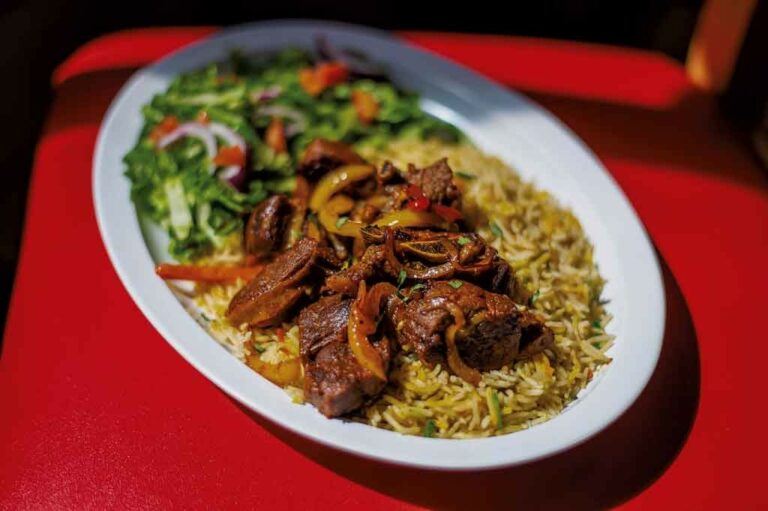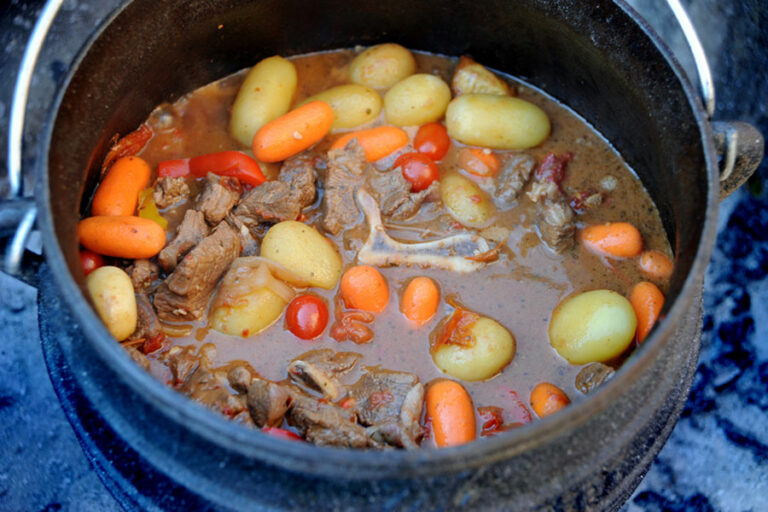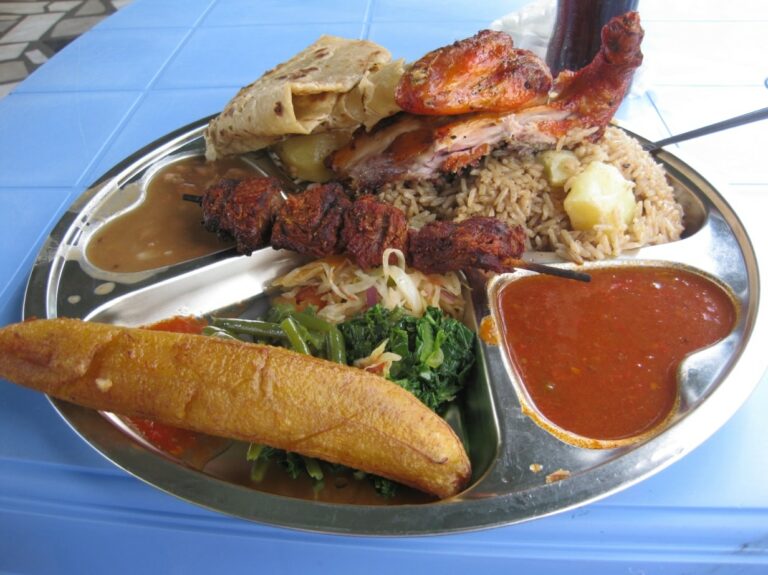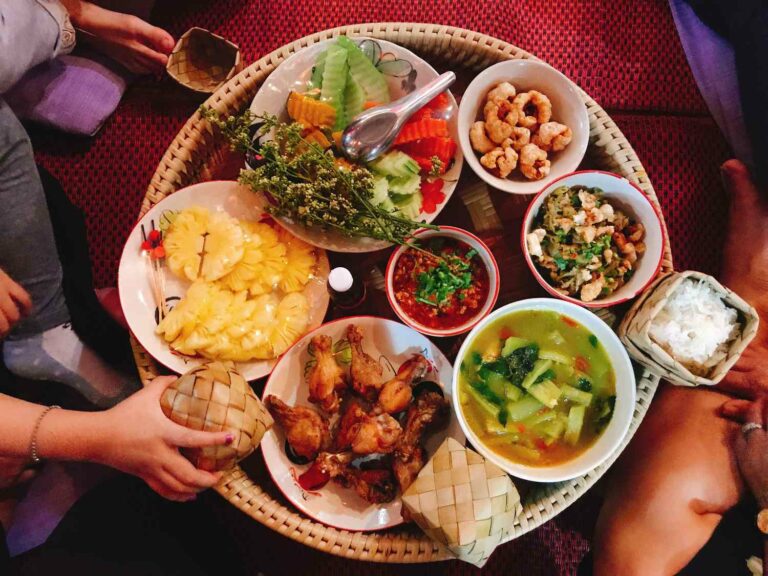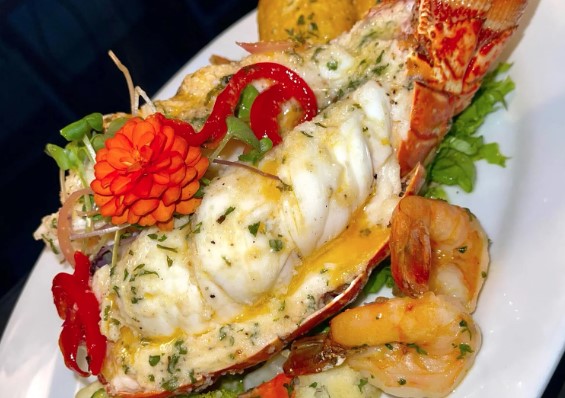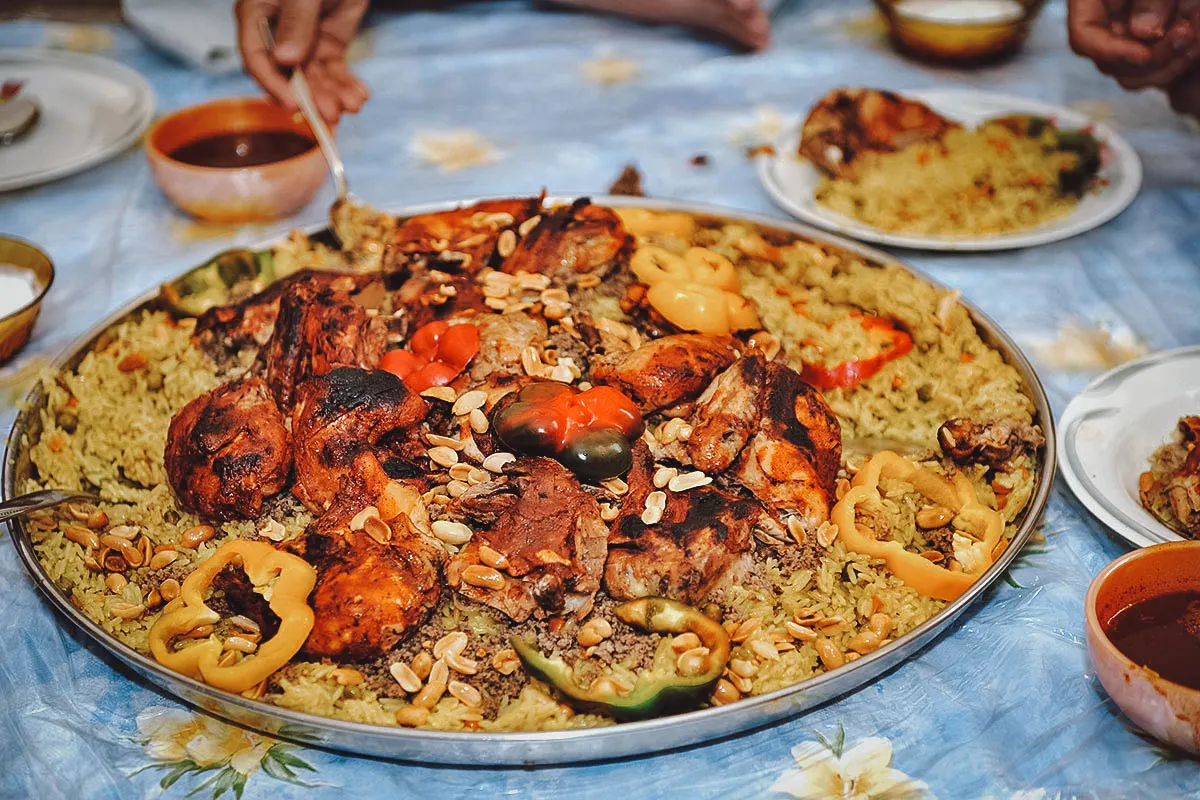Introduction: Saint Vincent and the Grenadines cuisine
Saint Vincent and the Grenadines is an archipelago nation located in the Caribbean Sea. Its cuisine is a reflection of the island’s history and the influences of African, British, and Indian culinary traditions. The cuisine of Saint Vincent and the Grenadines is characterized by the use of fresh, locally-sourced ingredients, such as fish, vegetables, and fruits, resulting in unique and flavorful dishes.
African culinary influences on Saint Vincent and the Grenadines cuisine
African culinary influences are evident in the use of spices and seasonings in Saint Vincent and the Grenadines cuisine. African slaves brought with them their knowledge of cooking, including the use of hot peppers, garlic, ginger, and thyme, which are still commonly used in the islands’ dishes today. Additionally, African influences can be seen in the use of plantains and cassava, which are staples in the island’s cuisine.
British culinary influences on Saint Vincent and the Grenadines cuisine
British culinary influences can be seen in the island’s use of tea, bread, and puddings. Additionally, British colonization brought with it the tradition of Sunday roast dinners, which have become a popular meal in Saint Vincent and the Grenadines. British cuisine also influenced the island’s use of beef, which is used in popular dishes like stewed beef and peas.
Indian culinary influences on Saint Vincent and the Grenadines cuisine
Indian culinary influences are seen in the use of curry dishes, which were introduced to the islands by Indian immigrants. The use of curry powder is common in many dishes, including chicken curry and roti. Additionally, Indian cuisine has influenced the use of spices like cumin, turmeric, and coriander in the island’s dishes.
Fusion cuisine: blending African, British, and Indian influences in Saint Vincent and the Grenadines
The blending of African, British, and Indian culinary traditions has resulted in unique fusion cuisine in Saint Vincent and the Grenadines. For example, a popular dish, “roti and curry,” combines Indian curry with a British-style flatbread. Additionally, the use of spices like thyme and garlic in dishes like jerk chicken, which is of African origin, has become a staple in the island’s cuisine.
Conclusion: diverse and flavorful Saint Vincent and the Grenadines cuisine
The cuisine of Saint Vincent and the Grenadines is a reflection of the island’s history and the influences of African, British, and Indian culinary traditions. The use of fresh, locally-sourced ingredients and the fusion of these culinary traditions has resulted in a unique and flavorful cuisine that is a must-try for food enthusiasts. From curried dishes to roast dinners, Saint Vincent and the Grenadines offers a diverse and delicious culinary experience.



